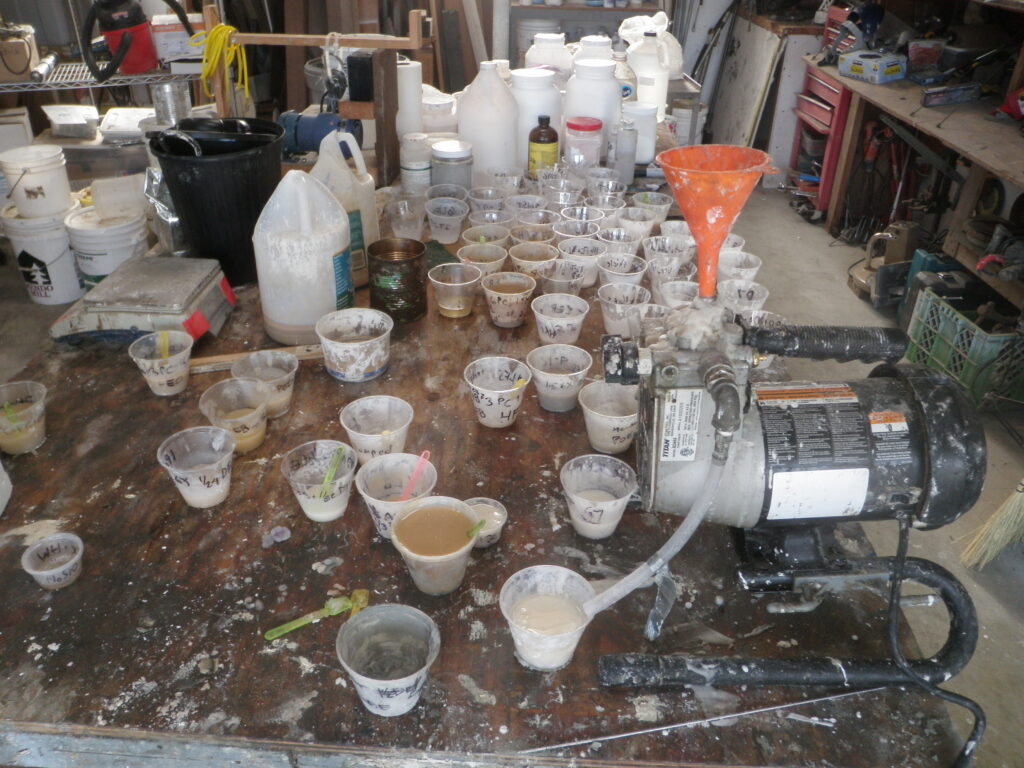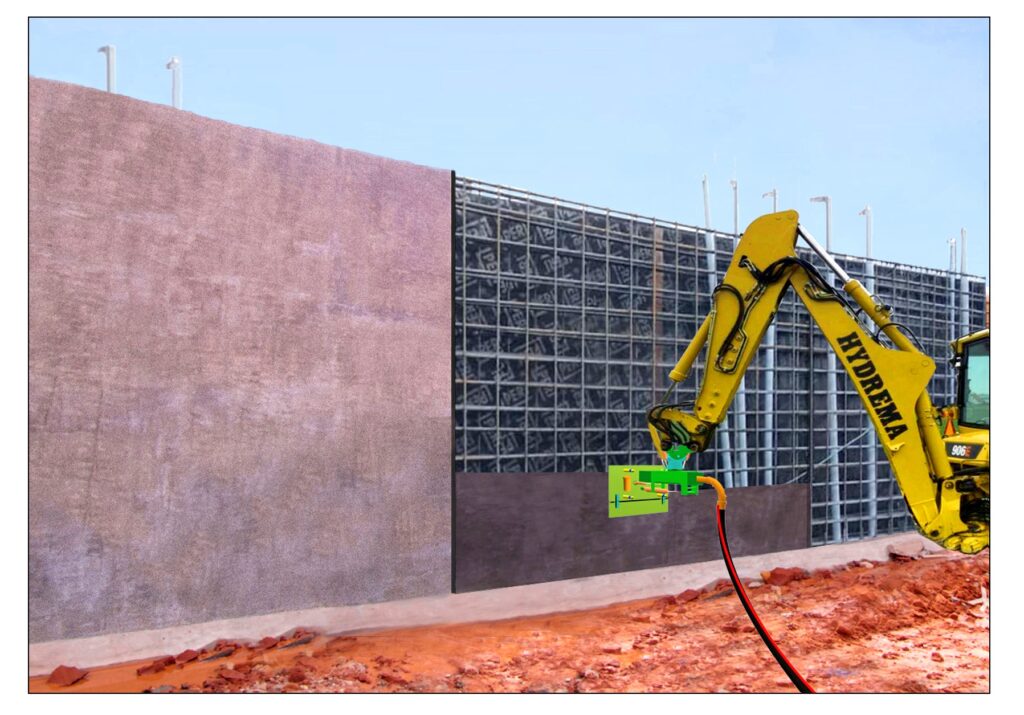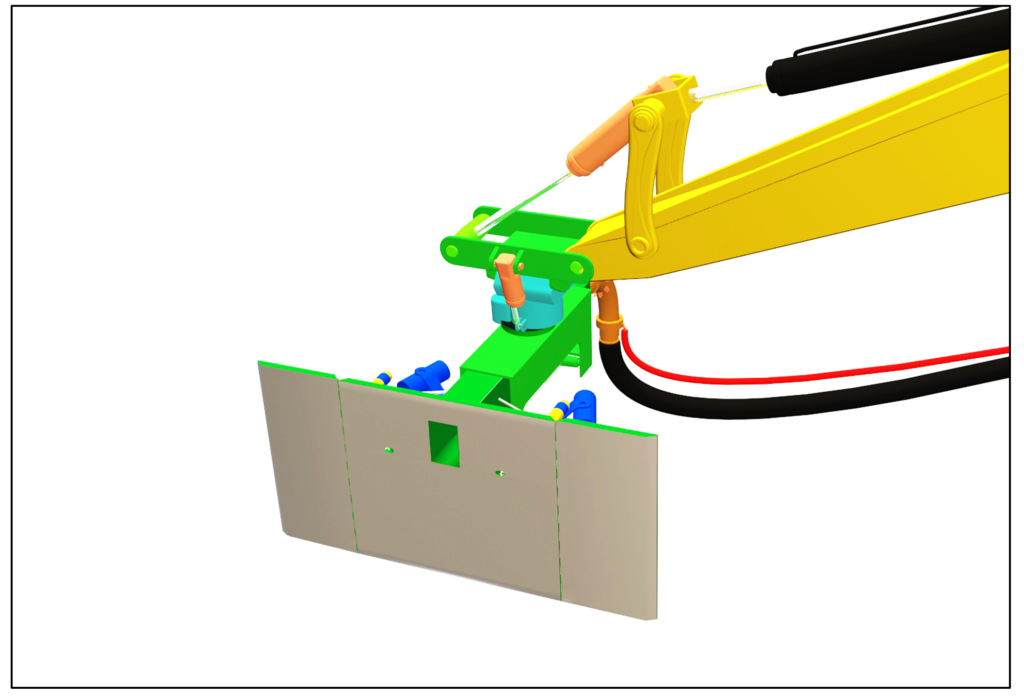
Our Vision

We would like to share our know how, trade secrets, and IP with an established construction-related business – preferably one having significant manufacturing and/or marketing infrastructure in place – so that these improvements can become realized in construction projects generally. It may make the most sense to begin with conducive niche markets, such as one-sided forming or shotcreted basements, before trying to take over the world. If you may be interested, we are open to your ideas.
Our Motivation
SpaceCrete began in a back yard in 2009, out of a total obsession to avoid the wasted efforts of forming concrete. This magical, inexpensive, fluid that allows you to turn any size or shape into solid stone. Why can’t it be easier? Presently there are so many difficult wasteful expensive aspects to building vertically with concrete. We have not solved all of them, but we are onto a very good start.

Shotcrete can be exciting to watch, but it is so wasteful. Significant concrete rebound and trimmings to clean up, and dispose of. Extreme human effort to place the material and define a finished surface. Special inspection and testing – you have to make up full-scale samples of the reinforced wall and then core them to prove consolidation. The environmental incivility – noise, dust, overspray, cleanup…
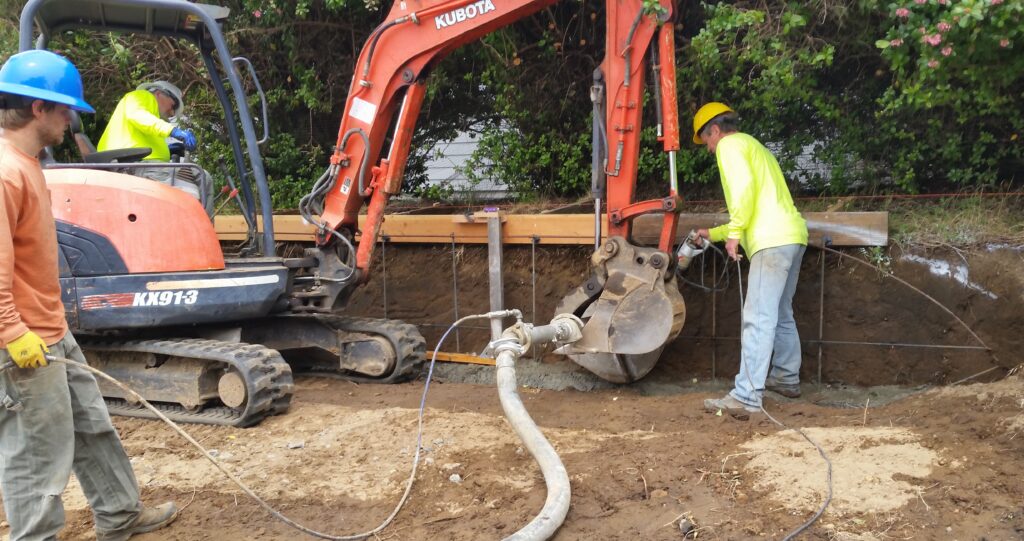
As a consequence of these method developments, we have also opened up endless possibilities to improve the cost-effectiveness of commercial, civil, and infrastructure construction projects – because now you can build vertical concrete so much more quickly, easily, efficiently, and at a much lower cost. We are solely a method and material R+D developer on a very low budget. With a combined background of real-world contracting, pragmatic structural engineering, and ambitious material science, we obsessively try out many different ideas. Then we revise, improve, or discard the ideas that don’t work. What we have to offer is a very broad international array of IP, including continued method development and marketing support – for the ideas that do work. Plenty of people want to buy or use these products, if you want to make or market them.
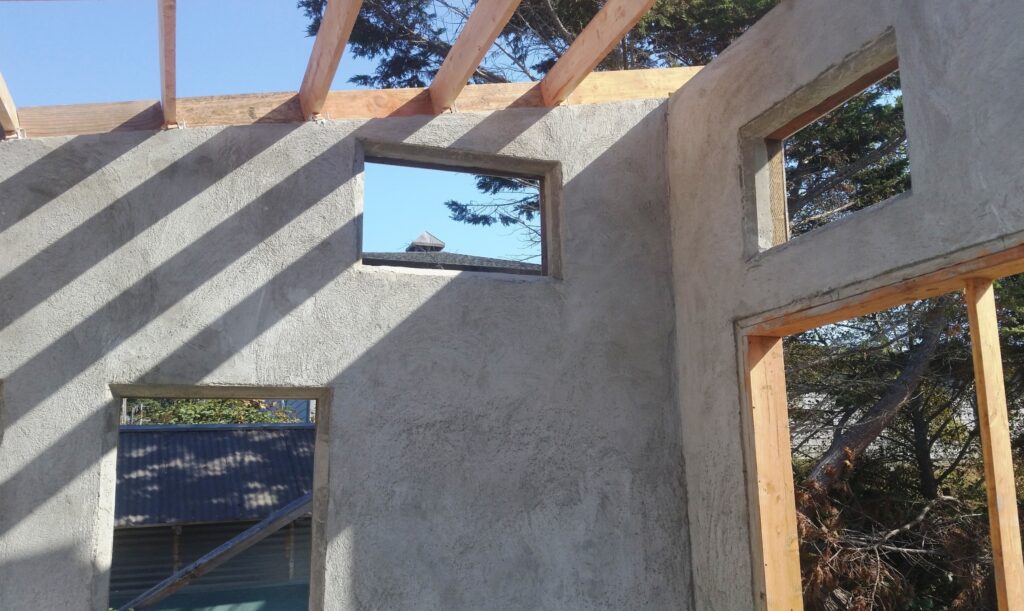
Our present stage of development includes several full-scale test-projects – proving these methods, systems, hardware, and material science. Our tests show that normal concrete (delivered or volumetrically-produced) can reliably transform into a material that can be placed vertically without forms, or vibrated into place as it is stacked, or 3D printed – at a fraction of the on-site cost of the specialty cementitious materials now used for 3D printing. Greener, because you can use normal aggregates, or aircrete. And even greener, because you need less cement – or even zero portland cement: Variations of the 3D-admix work with ANY water-reactive binder.
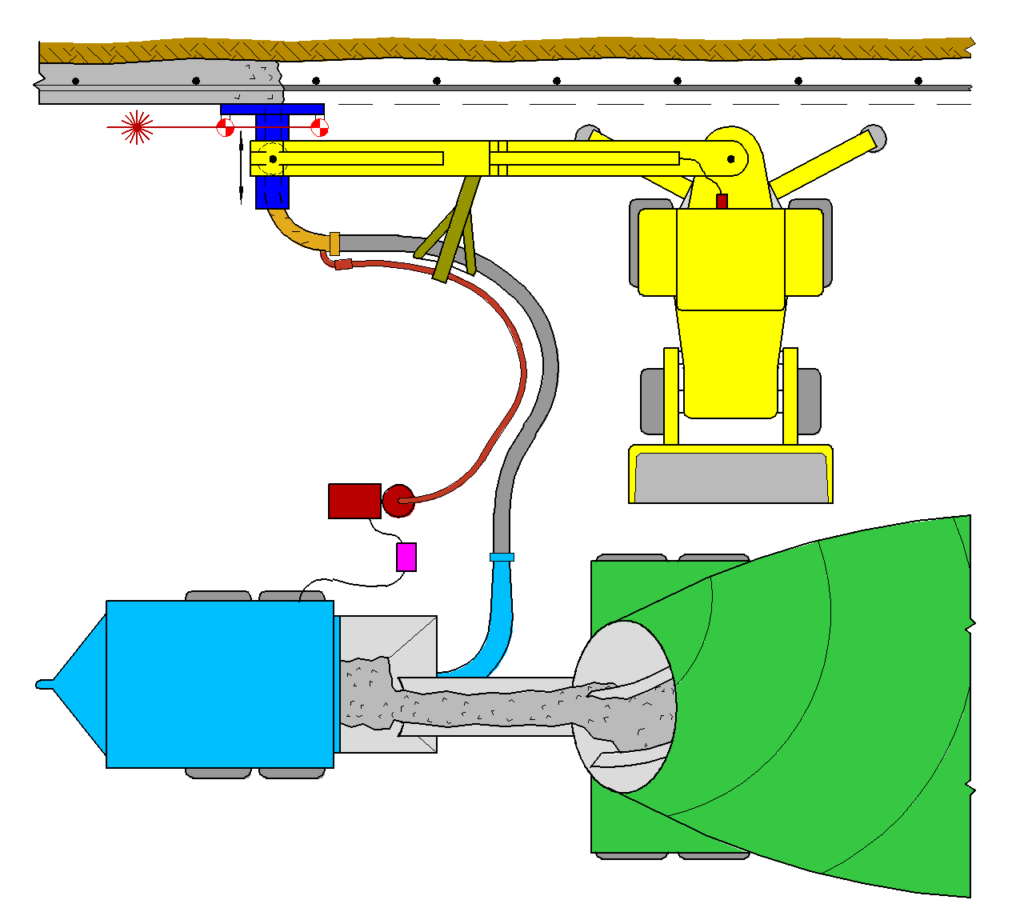
Secret Sauce
Since these patent applications have been filed, several significant improvements to the 3D-admix have lowered the dose, and increased the effectiveness, while allowing low cost dose pumps. These more recent improvements to the original concept remain as trade secrets.

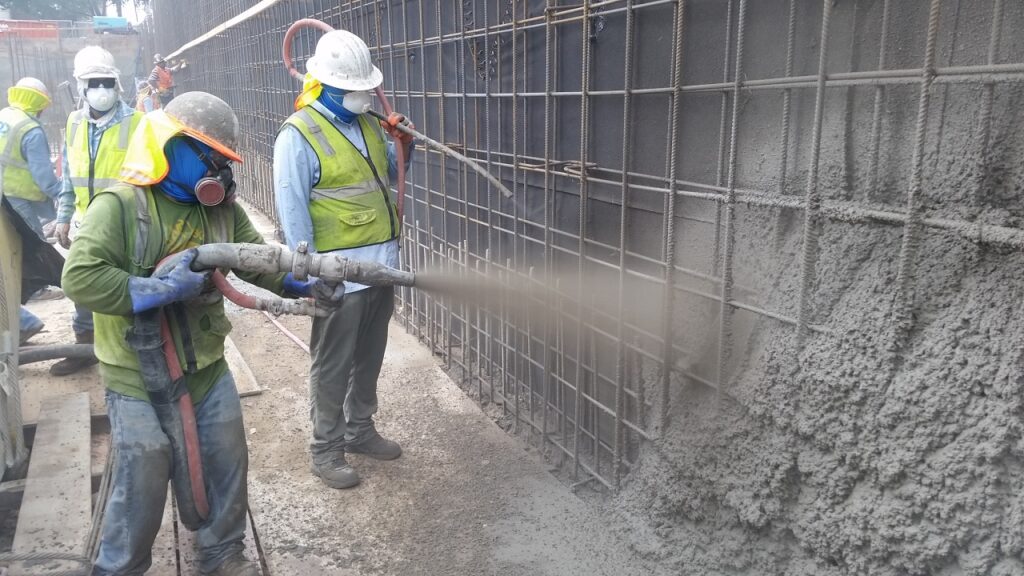
Our Goals
Our primary goal is to make it as easy as possible to create vertical concrete structure for any purpose – from retaining walls to a wind-turbine towers. We want to be able to build permanent, sound, code compliant structures, at as low a cost as possible, and with as little material consumption as possible. Another goal is to make net-zero, fire-proof, rot-proof home construction as available as possible. Another goal is to make it possible to use less cement to get the same job done – avoid CO2 release as possible.

Our Assets
We have several substantial patents applied for worldwide on the new concept for rheology-modifying admixtures, various means to integrate these into concrete; the means to allow the use of routine concrete pumps and existing construction equipment for very-rapid3D-printing (plus using coarse aggregates); and development of various methods of very-rapid very-light slip-forming of pumpable concrete. Also, new technologies for rapid, intensively-focused, vibrational placement of the modified concrete. And improved modulation of concrete pump surges, to allow consistent admixture dosing, and autonomous concrete placement. And small-footprint cylindrical-tower rapid-slip-forming, so that tapered reinforced concrete wind-turbine towers can be rapidly pumped into existence, in-situ, without a tower crane, at a super low cost.
